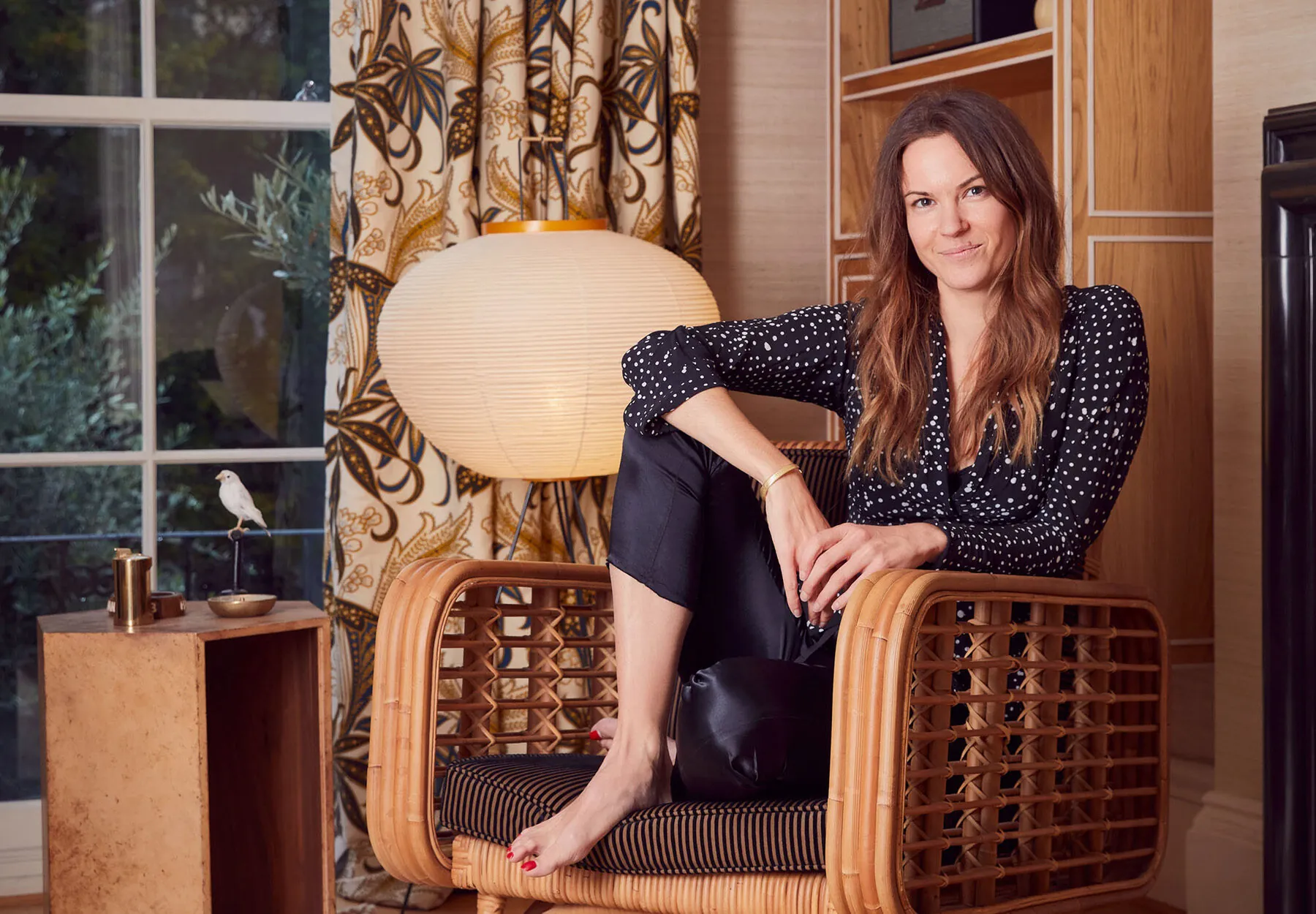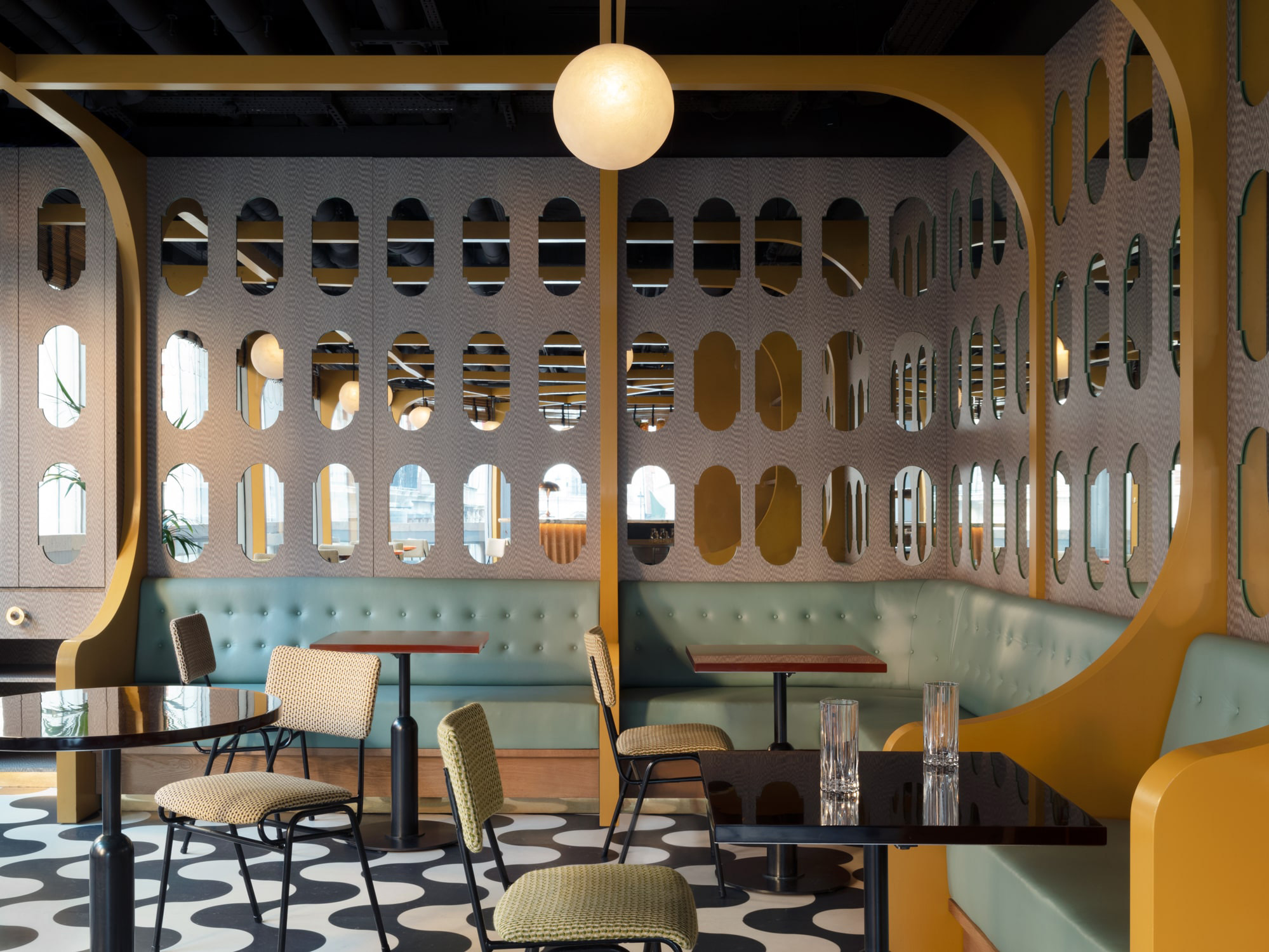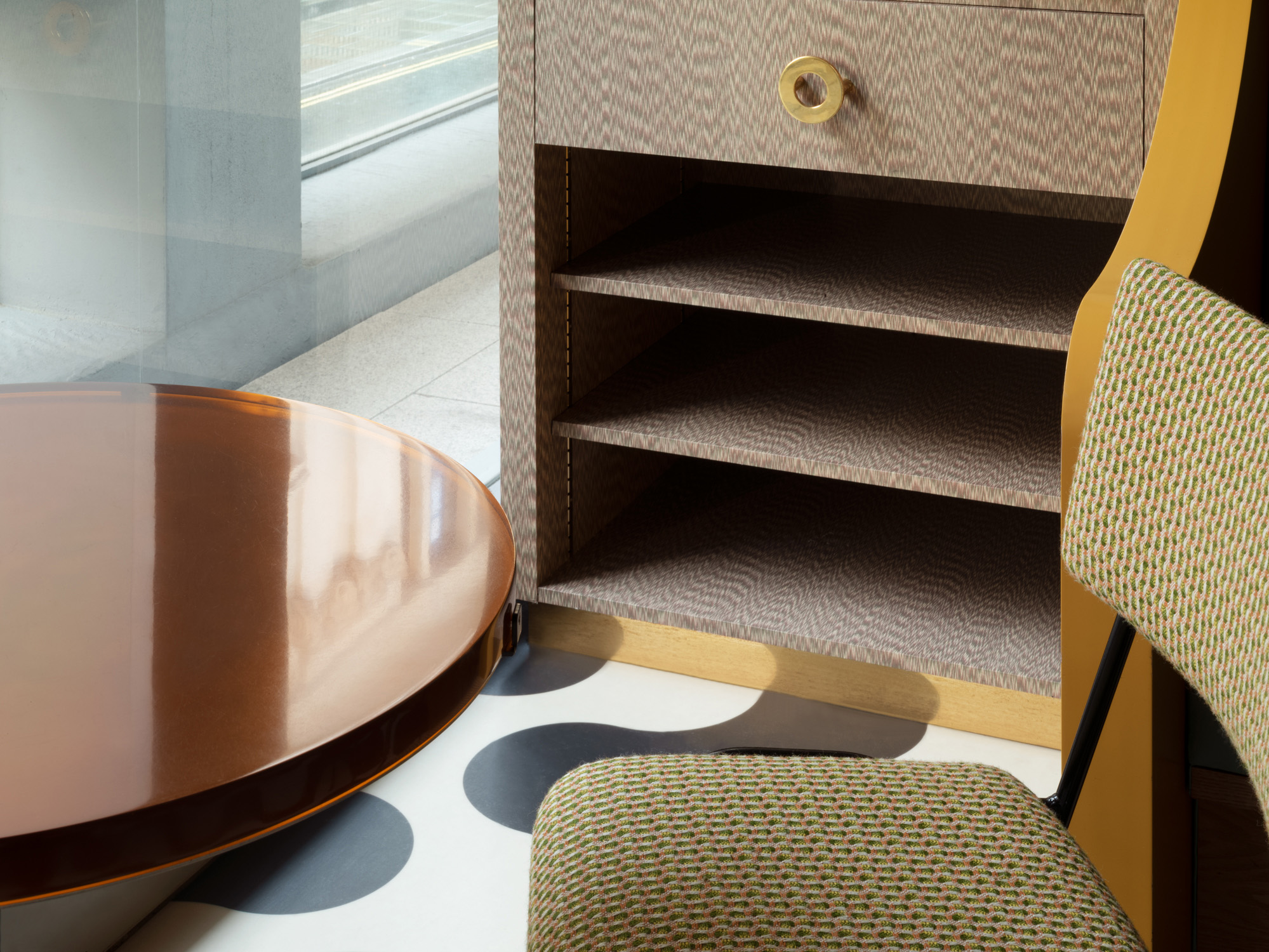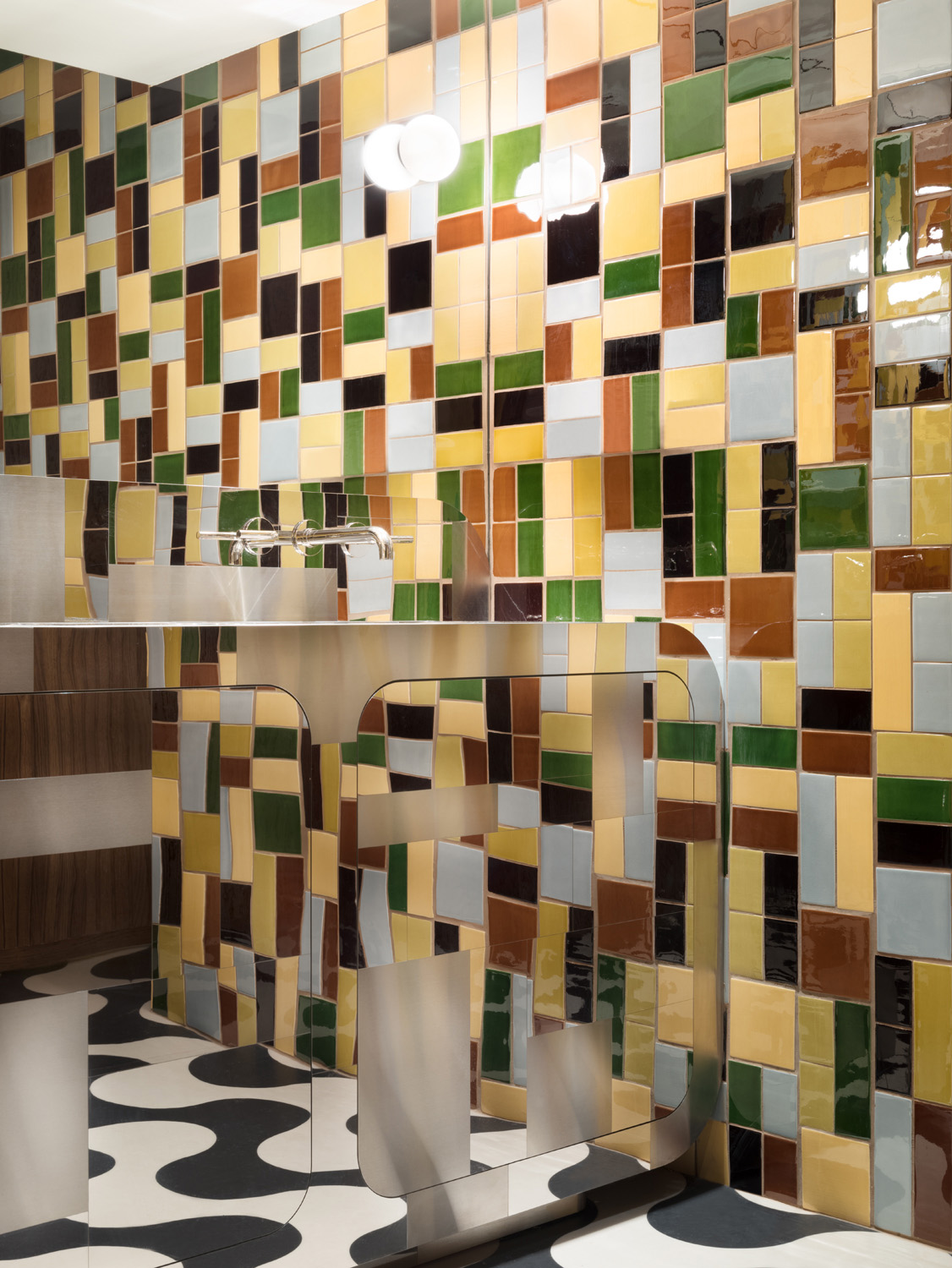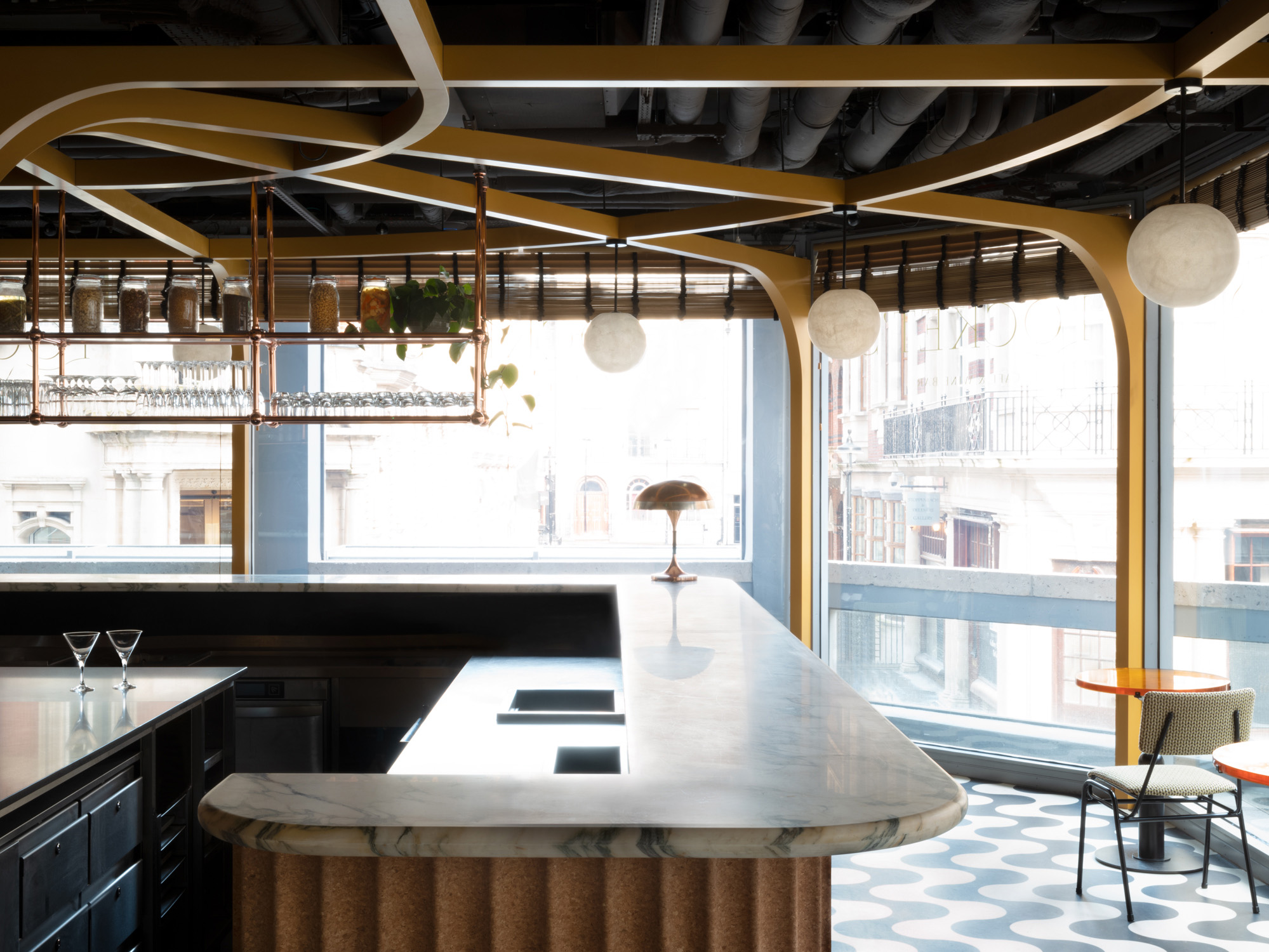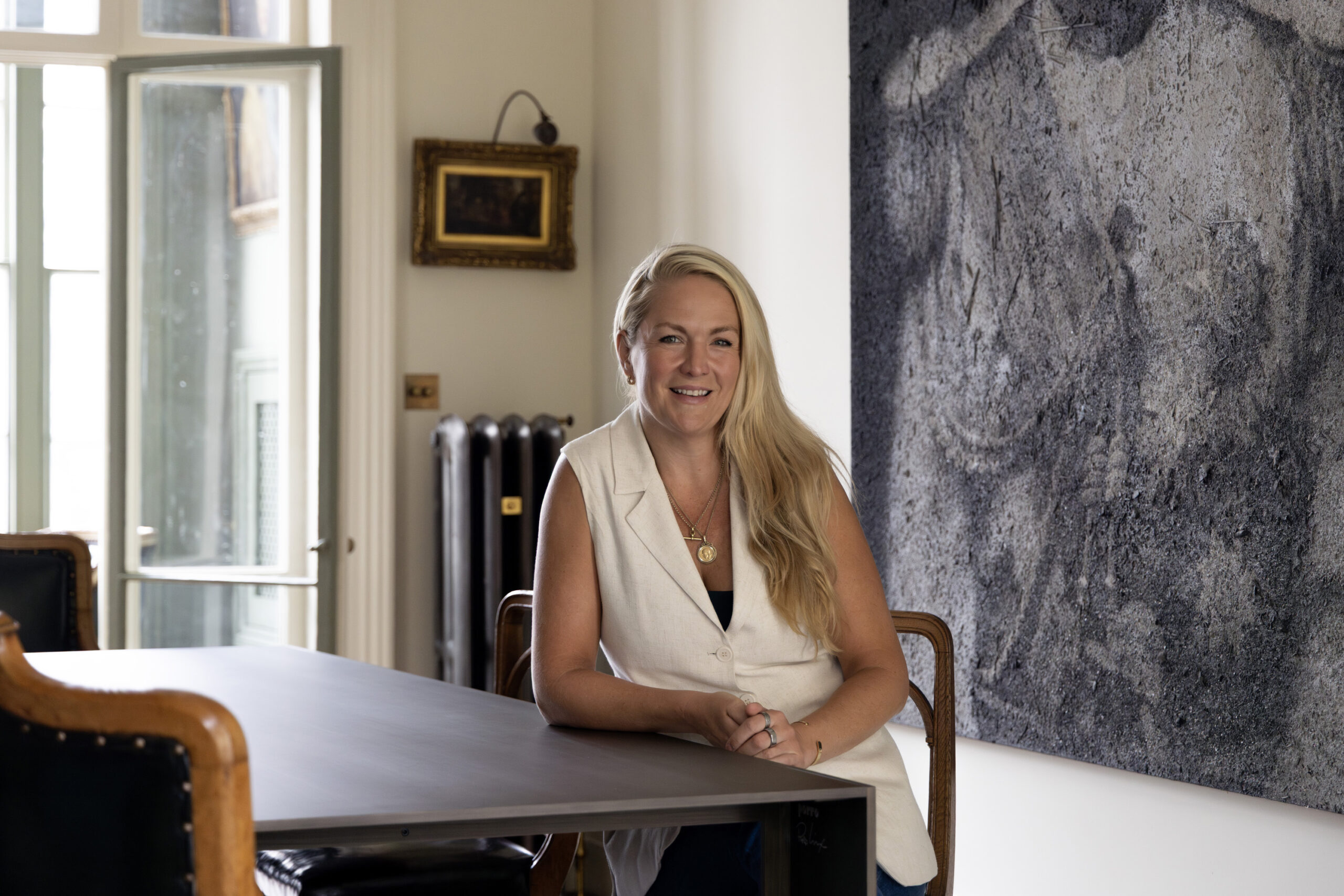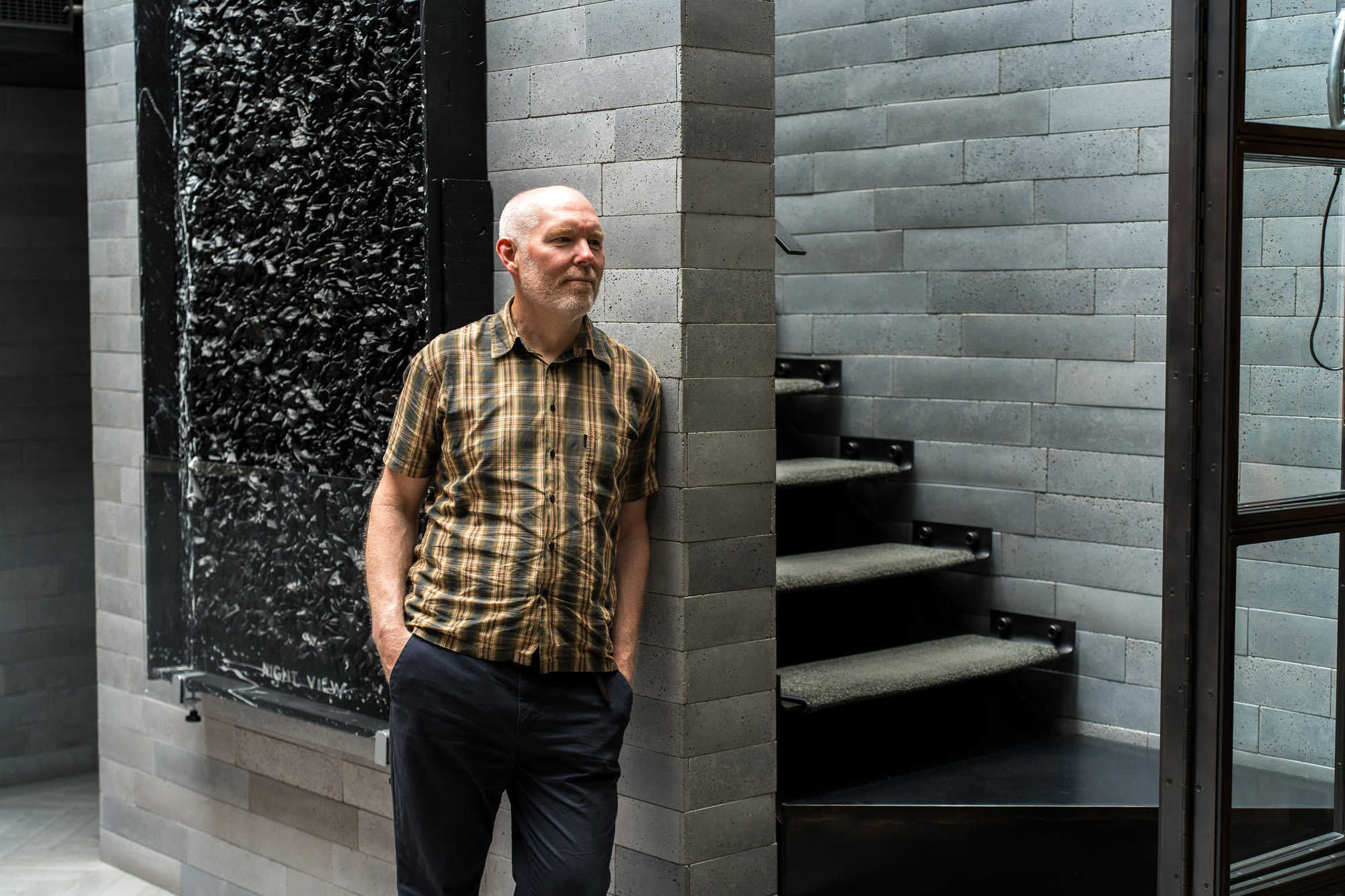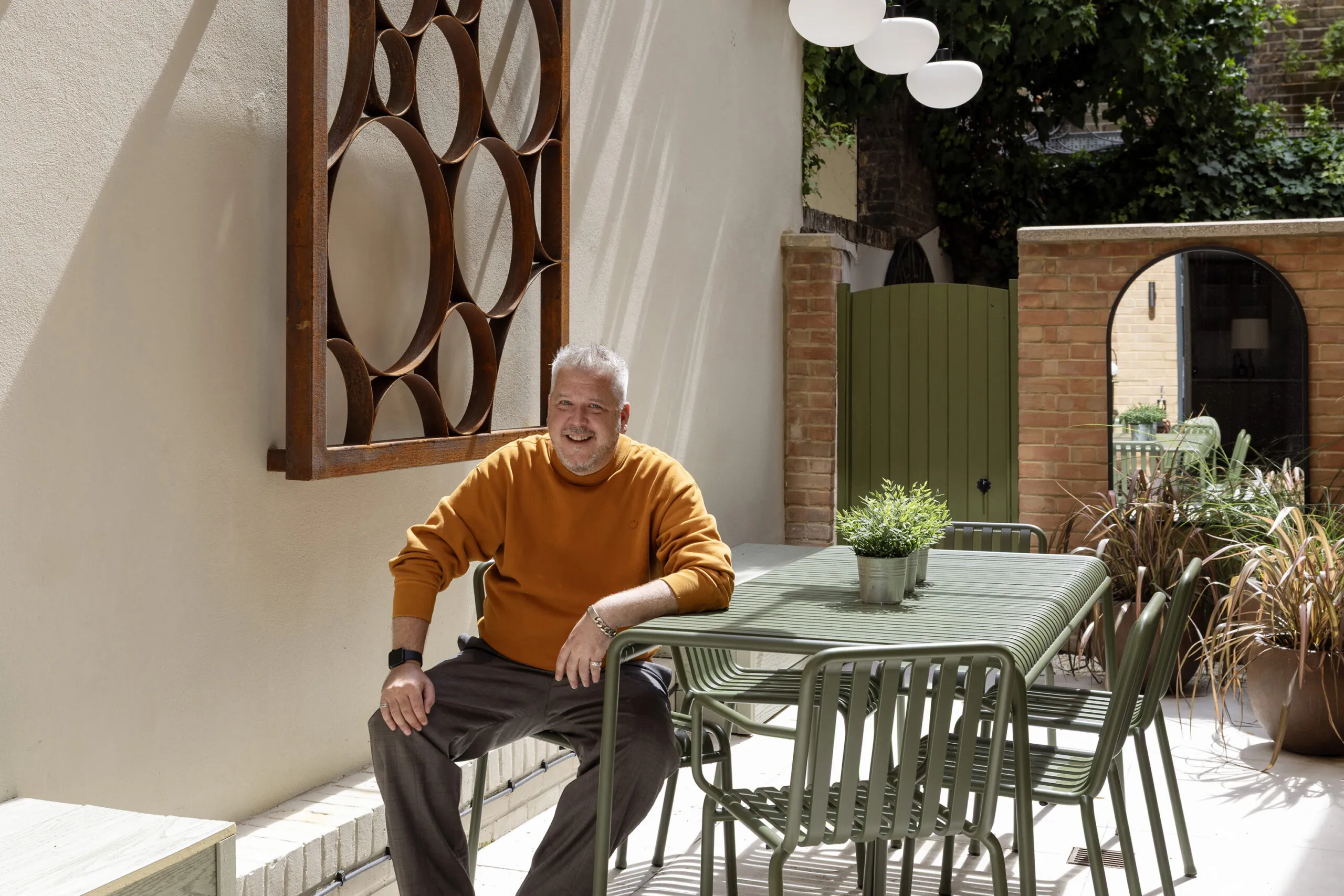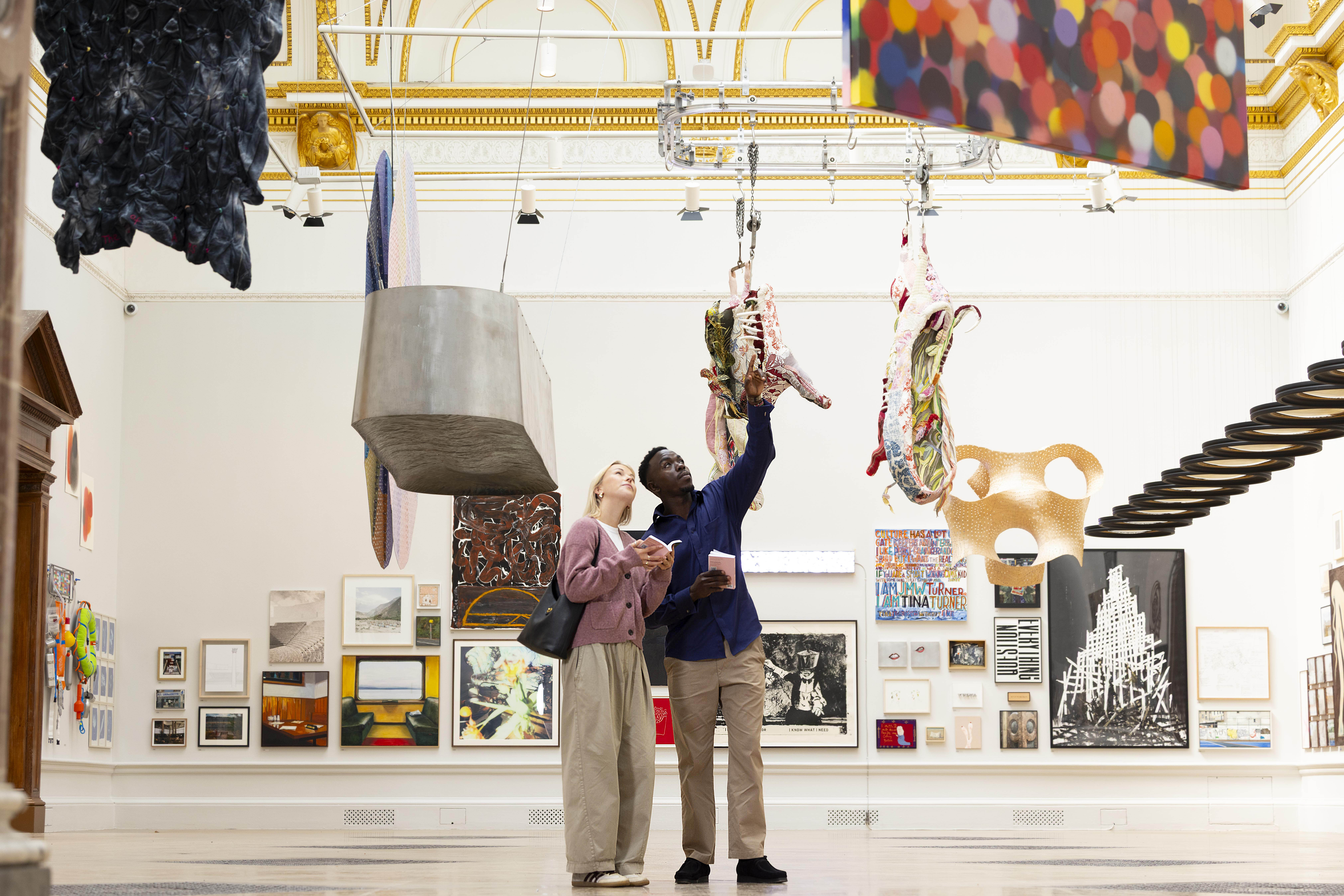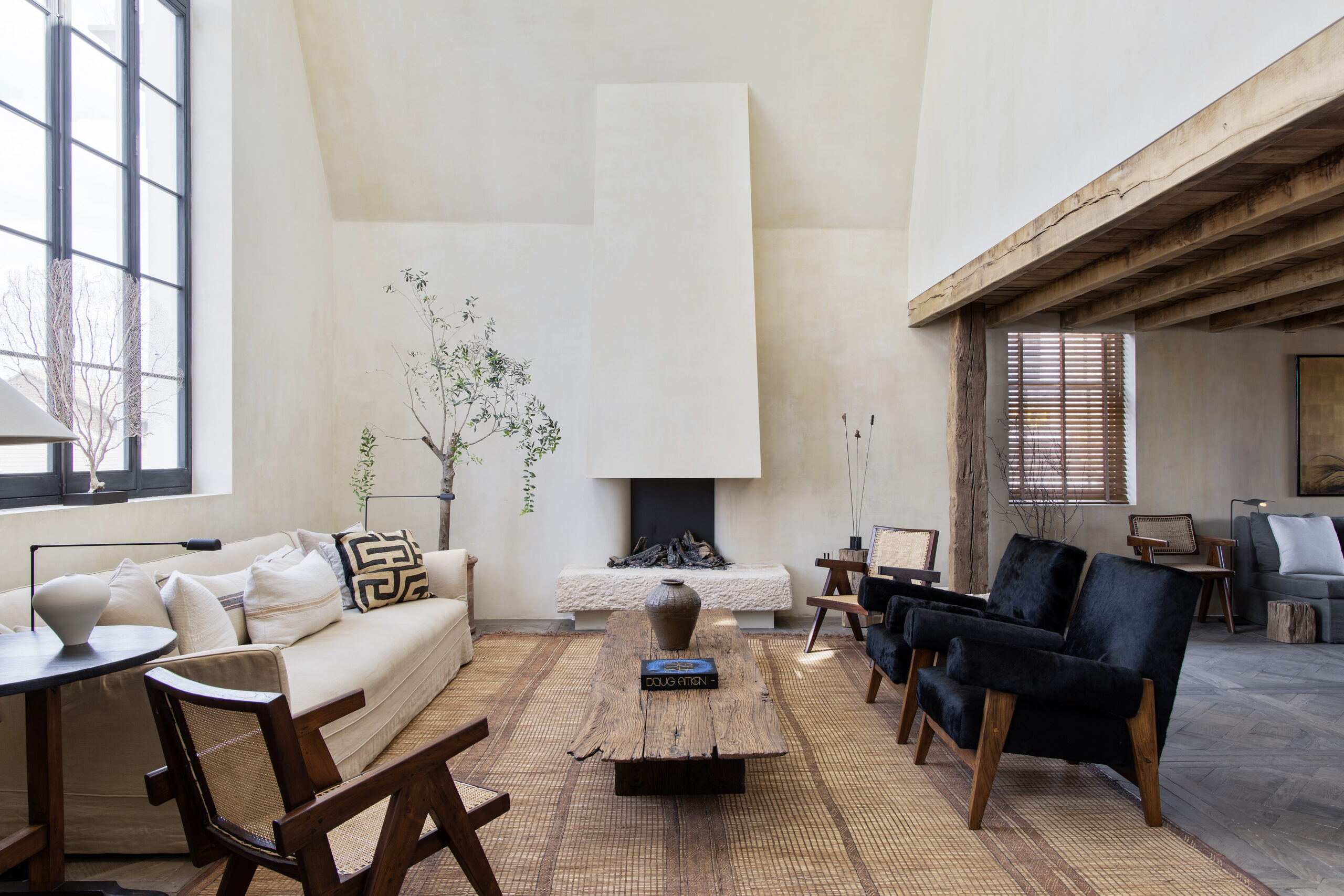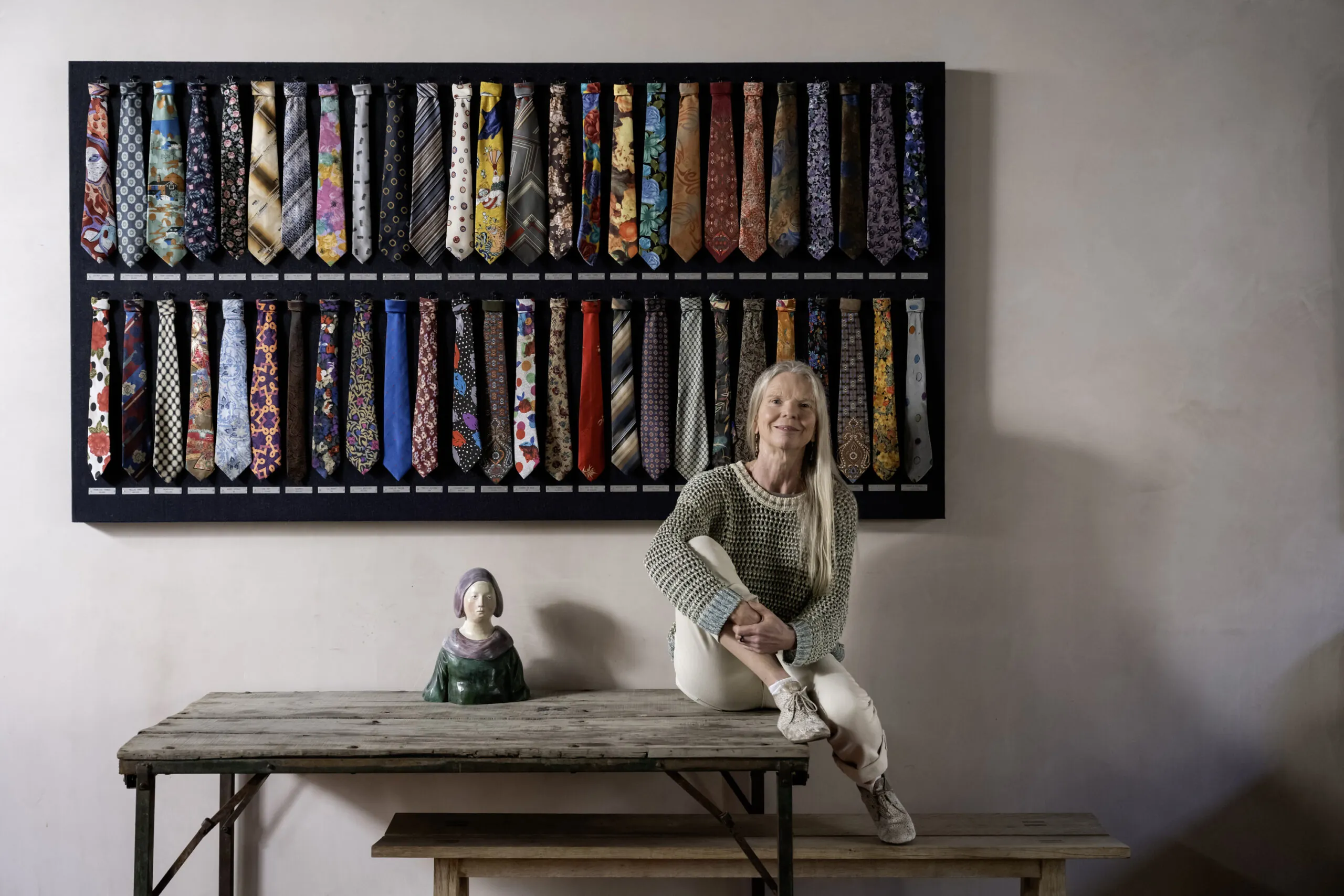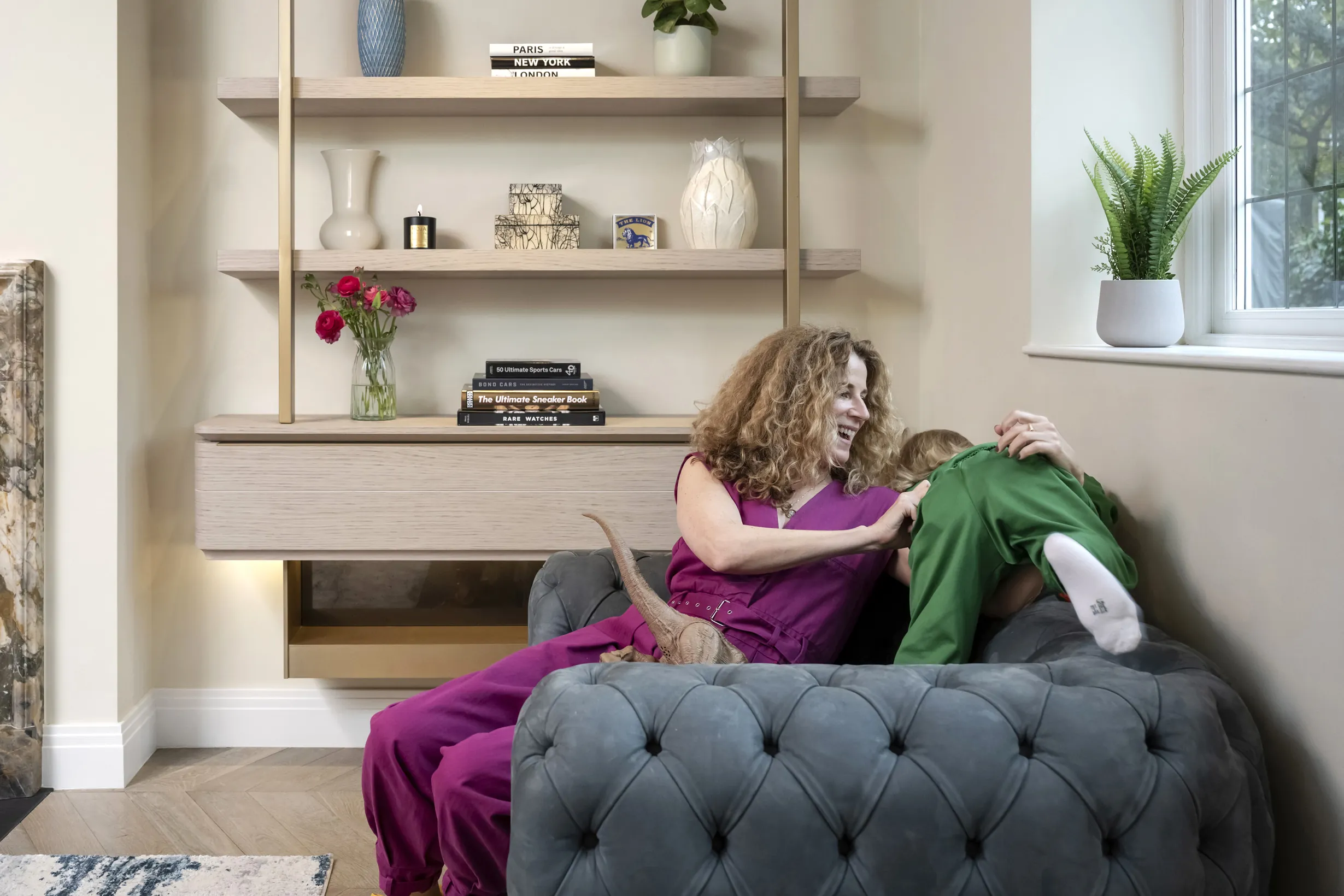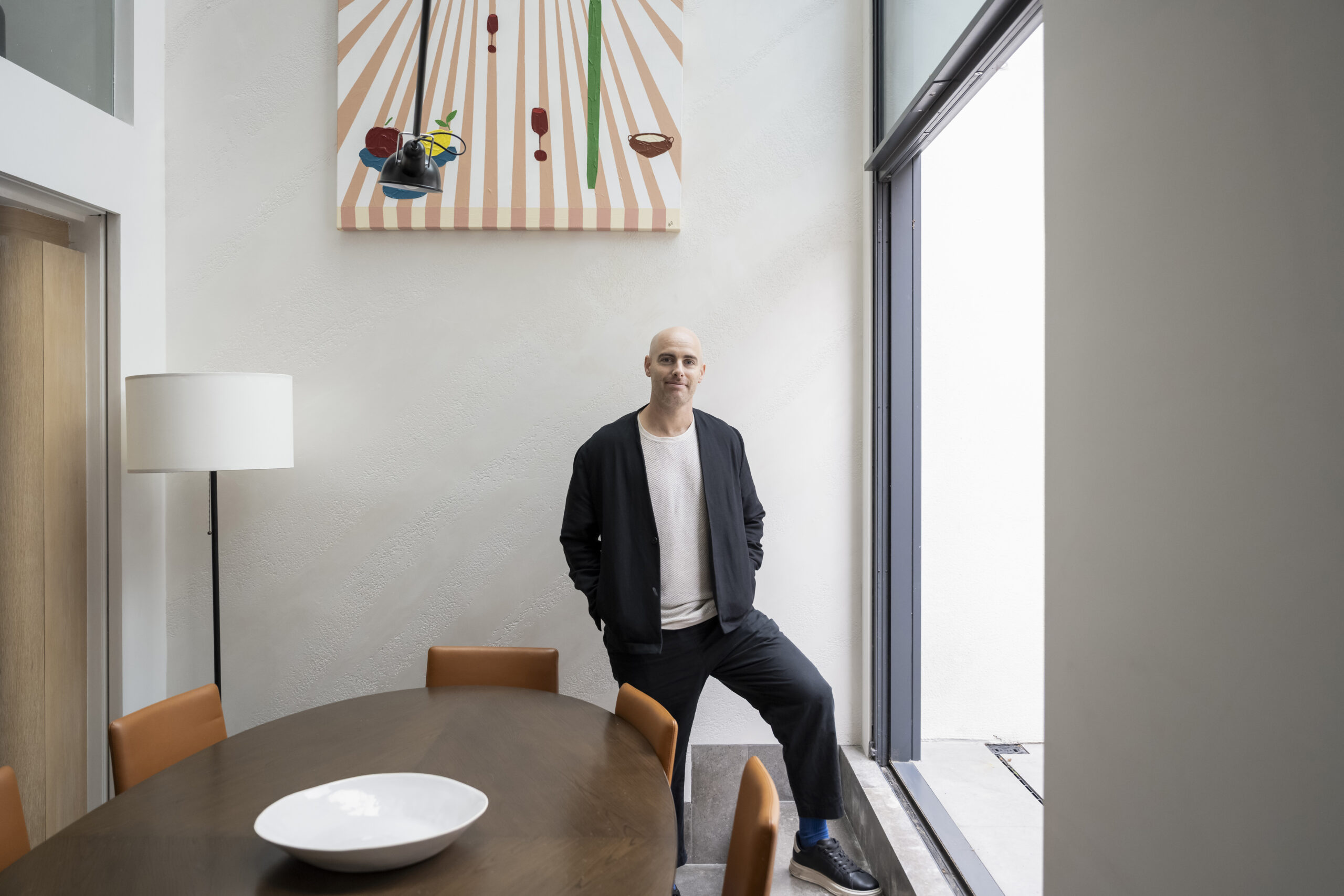
Fran Hickman reveals what goes into designing some of our favourite London haunts.
It’s a universal truth that unforgettable design is rooted in seamless storytelling. A quick scroll through Pinterest will prove the transformative power of a beautiful home. Perhaps less obvious is how this connection between people and place influences commercial spaces. Often subconsciously, what draws us into a shop or a restaurant is its interiors – just think of Sketch in Mayfair or Clos Maggiore in Covent Garden. This got us thinking, what’s the thought process behind the design of some of our favourite London haunts? It’s a question we put to interior designer Fran Hickman.
Fran is known for her uncanny ability to create environments that make a statement; her signature style is elegant, engaging and evocative. Although she works across both high-profile commercial and residential spaces, it was this ability of communal areas to bring people together and shape behaviour that led Fran to first embrace a career in interior design.
Her portfolio includes all-day café and wine bar Locket’s, award-winning designer Emilia Wickstead’s London flagship and the exclusive shopping boutique Moda Operandi. With such gilded style credentials, Fran is perfectly positioned to let us in on the secret to crafting a commercial space that resonates.
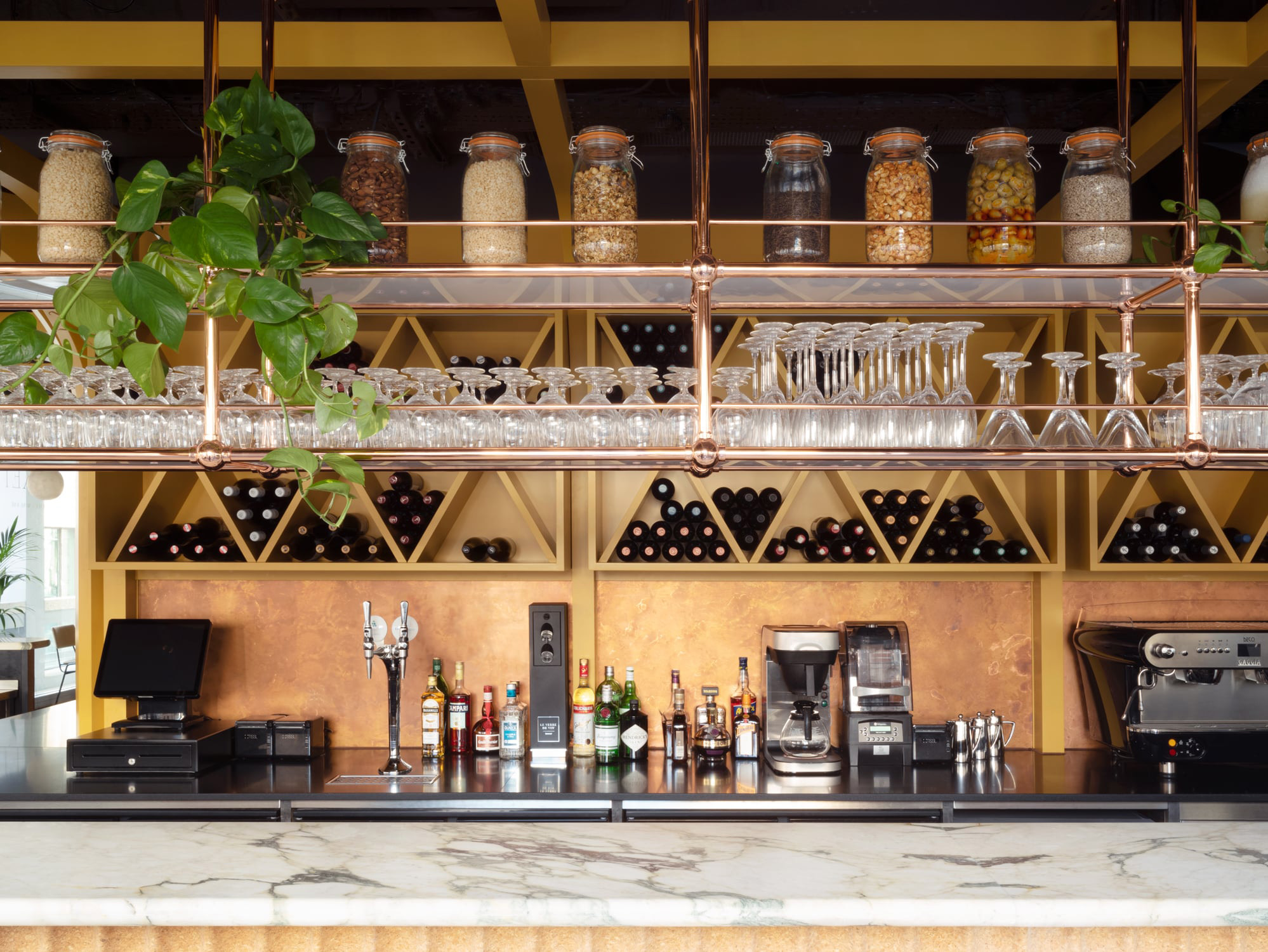
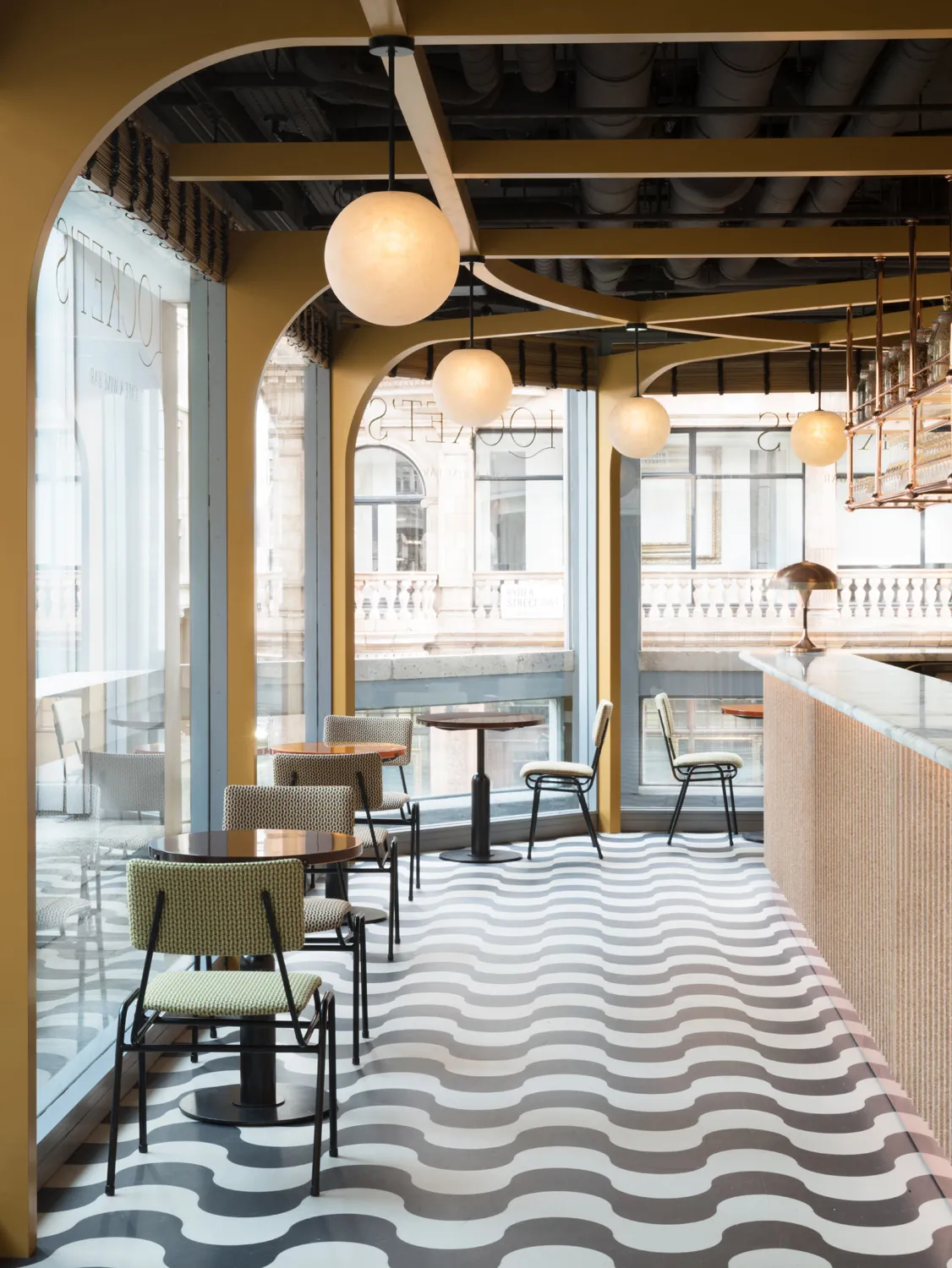
In all our projects, we bring in the same consideration for the feeling that a space evokes. It’s our simple central principle – the room should make the person in it feel good.
What do you think are the most important considerations for commercial projects like Locket’s and the Chess Club and how do they differ from your approach to residential design? What challenges did you have to overcome?
For a residential project, you are about creating a home that people will spend their lives in, so it is deeply personal and inward-looking. Commercial projects, on the other hand, are about designing spaces that directly communicate a brand identity, and that generally calls for a much bolder mode of expression. You are allowed to think more conceptually and bring in more of your own experiences and influences. For instance, the entire wall of framed butterfly prints at Chess Club, an idea drawn from visiting Carlo Mollino’s Turin apartment, would most likely have been out of the question in a residential project. Of course, there are completely different requirements for a commercial space as well. At Chess Club, we installed a large industrial kitchen in a Grade II-listed Victorian townhouse which came with its fair share of challenges.
For your studio, emotion is as essential an element as form and function when creating a unique setting. How does this translate to design in commercial vs. residential spaces? Can you give us an example from your portfolio?
In all our projects, we bring in the same consideration for the feeling that a space evokes. It’s our simple central principle – the room should make the person in it feel good. But what makes you feel at ease is very different depending on whether the space is, say, your kitchen at home or an intimate hotel bar. Naturally, our approach will be different as well. I find that a large part is getting the lighting just right, which involves not only the light source but its interplay with all the materials and colours in the room. To give an example, for Lowe, a members-only restaurant in Dubai, the entire design was centred around creating the feeling of being in a desert oasis by playing with light and shadow in this environment of warm wooden tones and lush greenery.
What kind of experience are you trying to create when you take on a commercial project? How do you blend the personal narrative of the owner/brand identity with the customer experience? Is there a project you’ve worked on that encapsulates this?
Our studio doesn’t have a house style – clients don’t come to us to have something pre-packaged but for a more tailored approach. For every commercial project we start from scratch in the sense that we build the design language entirely around the conversation that we are having with the brand. What my studio brings to the table is the ability to translate this idea into a physical space as well as the expertise in how to create a commercial space that works on a practical level. The Moda Operandi showroom in Belgravia is one example. Everything in the design – like the silk ribbon lined screens, the bespoke trunk show-inspired storage system, and art deco pink dressing rooms – were built to create an exclusive shopping experience à la Moda Operandi while also being a practical environment to operate a business in.
The interiors in projects such as Huishan Zhang are eye-catching and make for a striking backdrop. How do you balance creating such a distinctive setting with showcasing products so that one doesn’t overpower the other?
I don’t think that there is a trade-off between striking interiors and effective showcasing of the products. The interiors of a store are designed to communicate the ethos of the brand, and when this is done well, it will not stand in contrast with the products but complement them. In the Huishan Zhang store, the interconnected pair of moon gates may be eye-catching, but they evoke the dualism and influence of traditional Chinese architecture that is also very present in Huishan’s work. I like to think that this only helps highlight the distinctiveness of the clothing on offer.
Our studio doesn’t have a house style – clients don’t come to us to have something pre-packaged but for a more tailored approach.
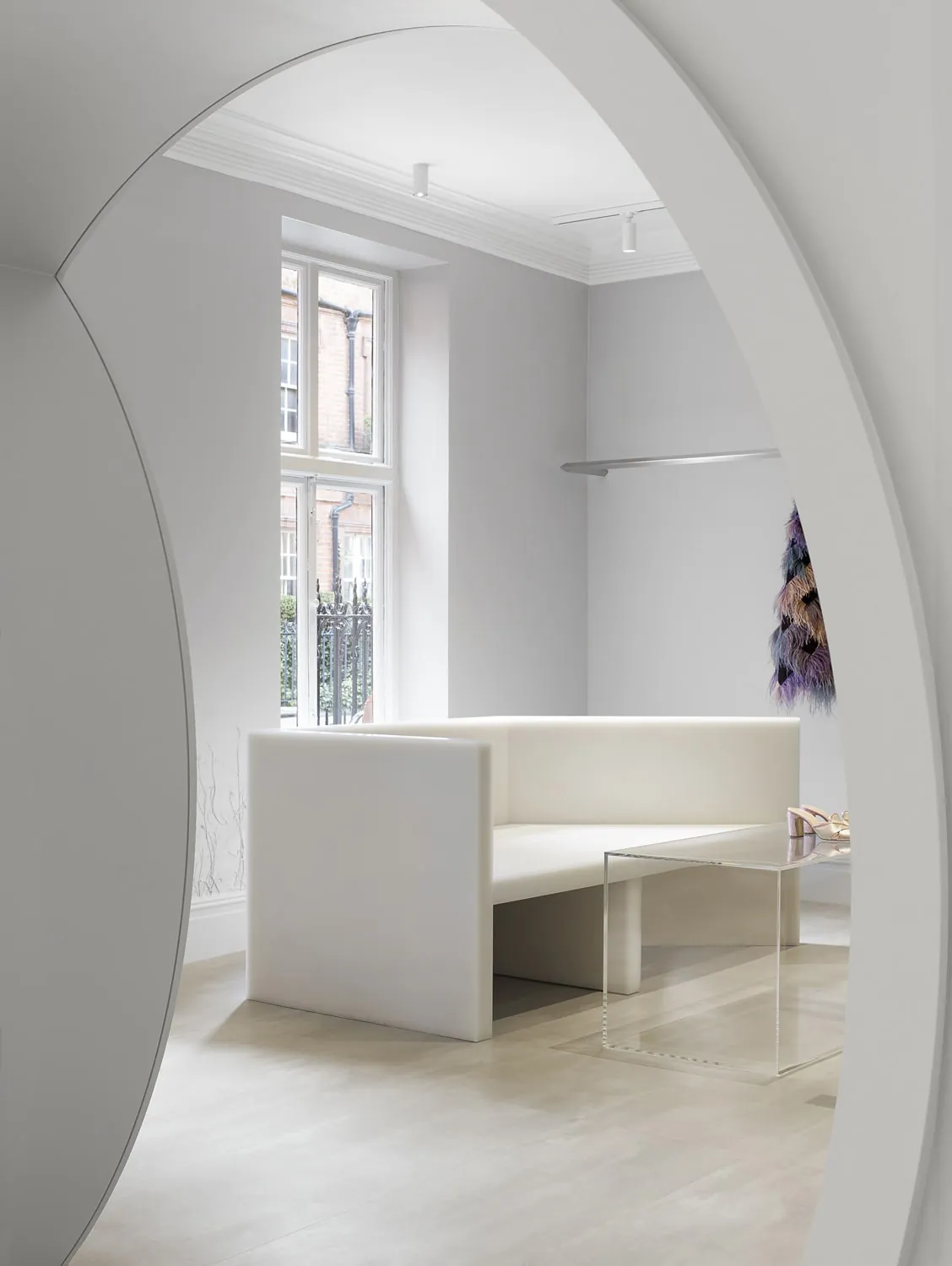
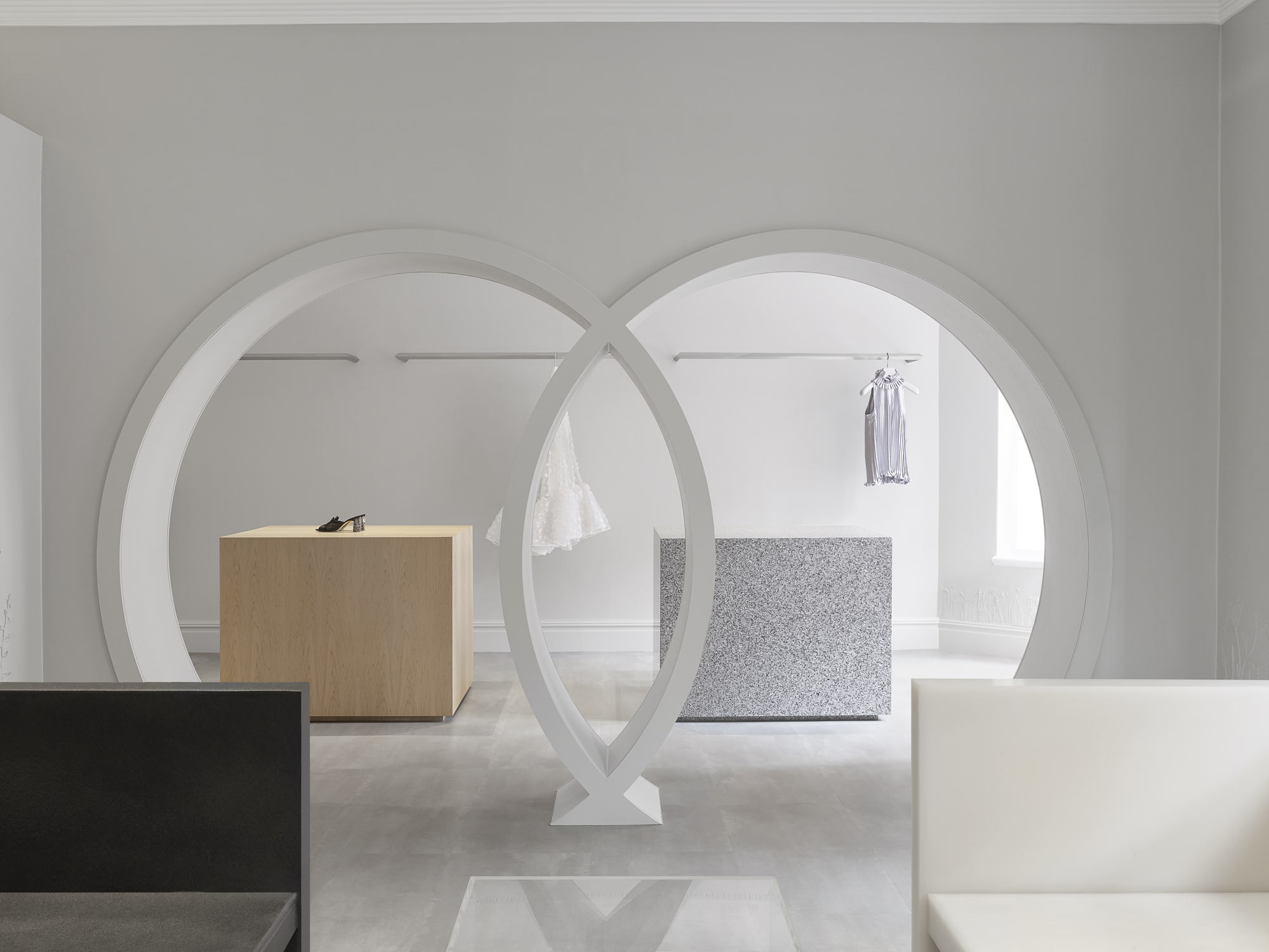
What has been your favourite commercial project to date and why? Is there a particular brand you would love to design a space for?
Of my more recently completed projects, Paintbox, a nail salon in Manhattan, was a real pleasure. At the time my studio was doing a lot of research in a very niche, cutting-edge materials library in New York. Our lovely clients at Paintbox were so welcoming to all of our ideas and explorations. In the end, the space incorporated transparent pastel-hued acrylics, perforated sheer window curtains, coloured concretes, back-painted reflective glass, glazed lava stones and faux vegan leathers. The project expanded the boundaries of the design language of the studio and I believe all parties were delighted with the result. I can’t say I have a dream brand to work with as it depends so much on the personal relationship with the client. However, I wouldn’t say no to designing a boutique hotel.
Where would you recommend our readers to go if they want to experience exceptional commercial design in practice?
For restaurants: Uptown, the scale and detail of the Wolseley is always a treat. Downtown, the romance of the 1930s Taiwanese Xu teahouse is deeply chic. For retail: I love Annabelle Selldorf’s space for The Row for its discreet elegance and also Self Portrait’s store for its edgy sophistication. For bars: The deep aubergine walls and original Lalique glass panels of Claridge’s fumoir bar make it the sexiest and most glamorous in town but there is also a very fun dive bar somewhere in Soho that I love.
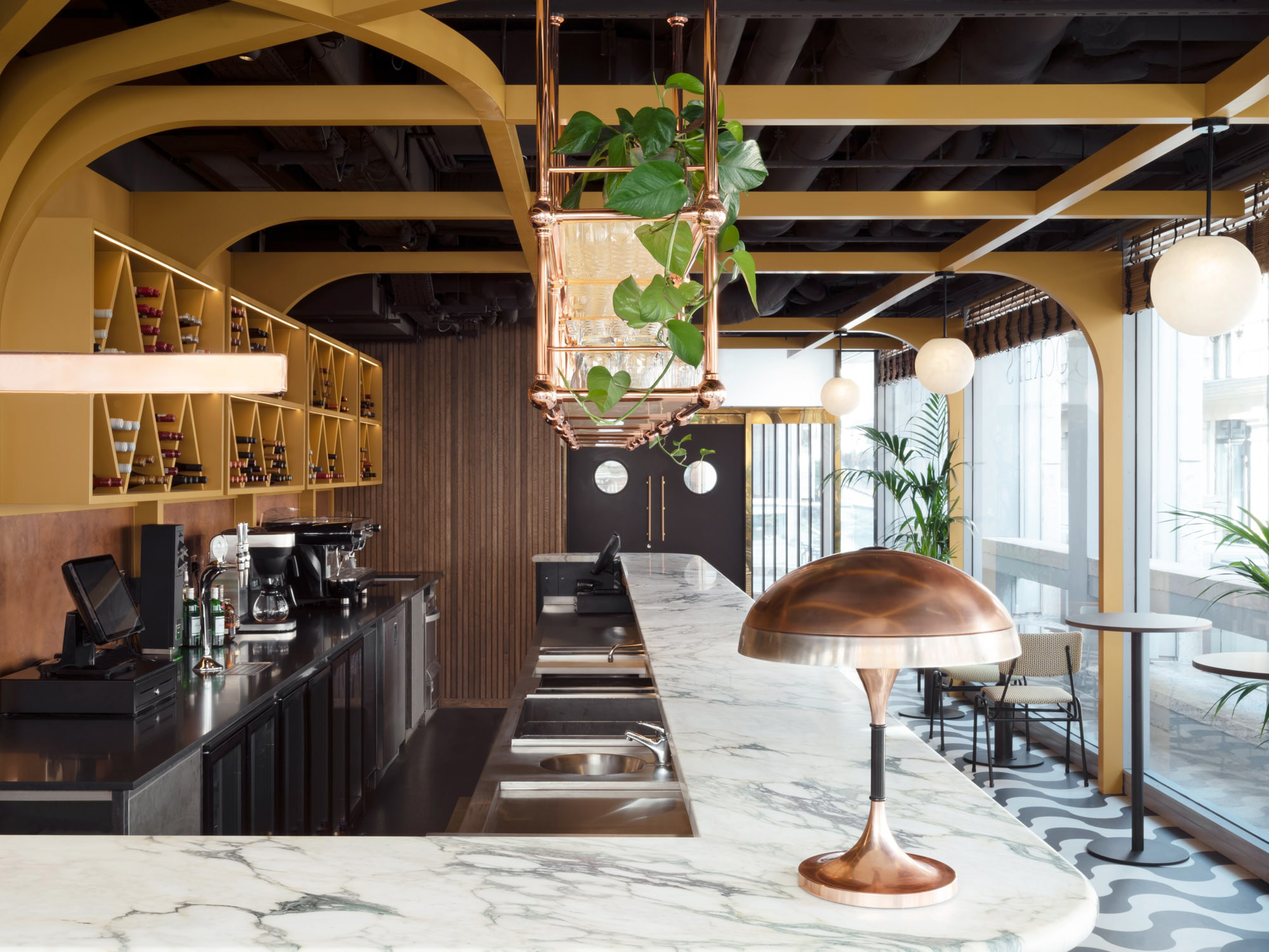
What are your favourite London locales for boosting your creativity?
We are so lucky in London with our art galleries and museums. The V&A, The British Museum, The National Gallery or a trip by boat between the two Tates are all a mainline for inspiration. The Courtauld collection also never tires and gives ‘good date’ vibes when combined with lunch at The Delaunay.
Finally, you’re launching a product line soon. Can you let our readers in on a little more detail?
We design bespoke items for essentially all of our projects, so over the years, the studio has accumulated quite an archive of drawings. Now we’ve picked out our all-time favourites that we think will be particularly of use to people now (there are quite a few items for home office!) Everything is produced as locally as possible and made to order by our most trusted craftsmen. The service is for those who really value having high quality, distinctive design in their home but are not looking for a full interior design service. The product line will launch later in the year so stay tuned.
